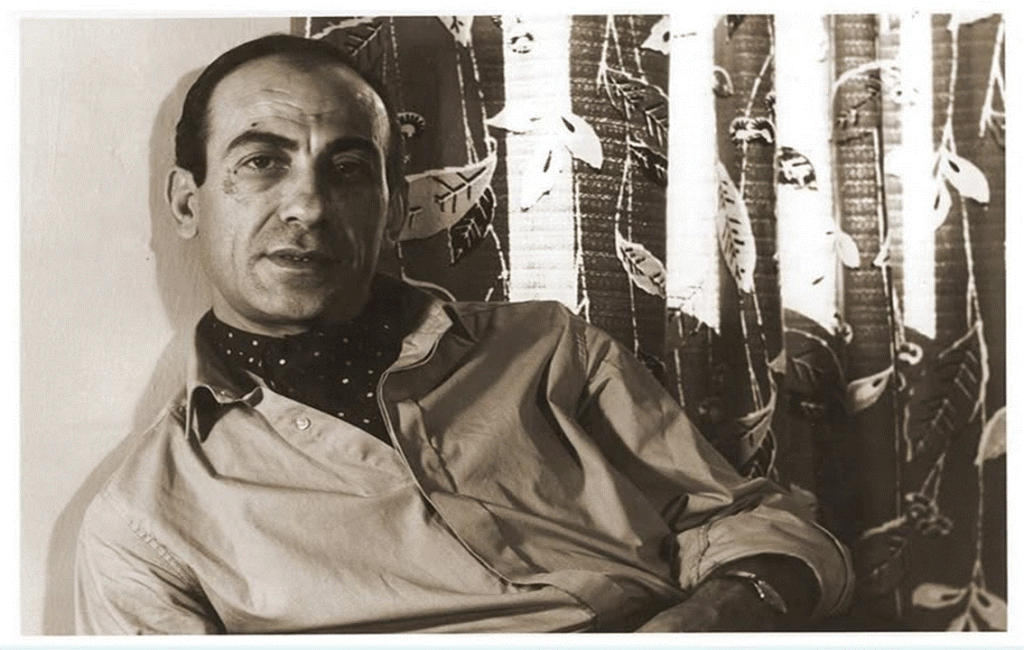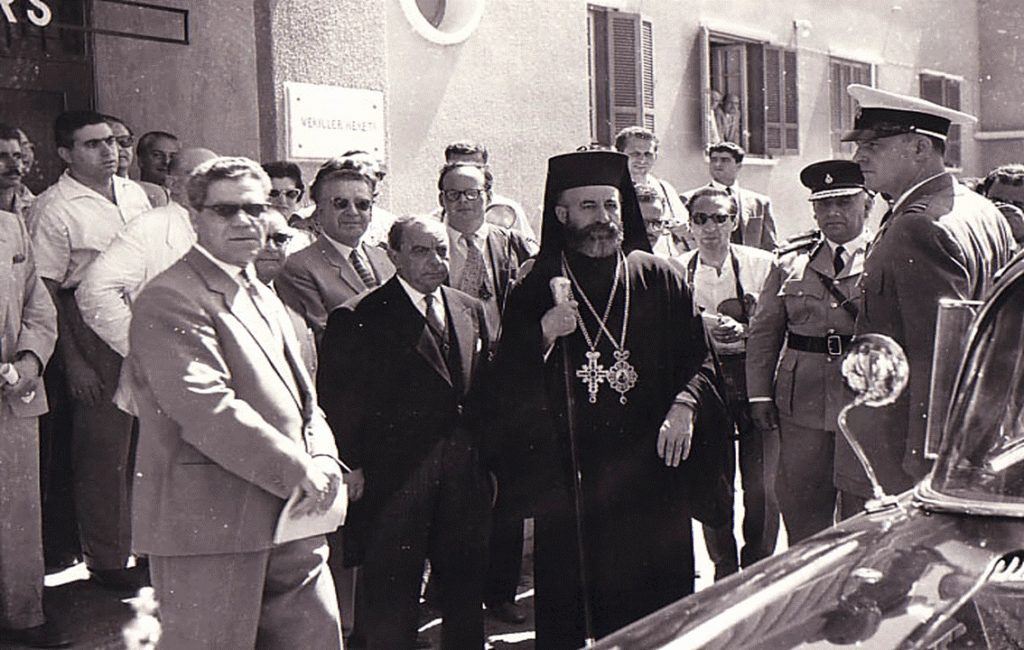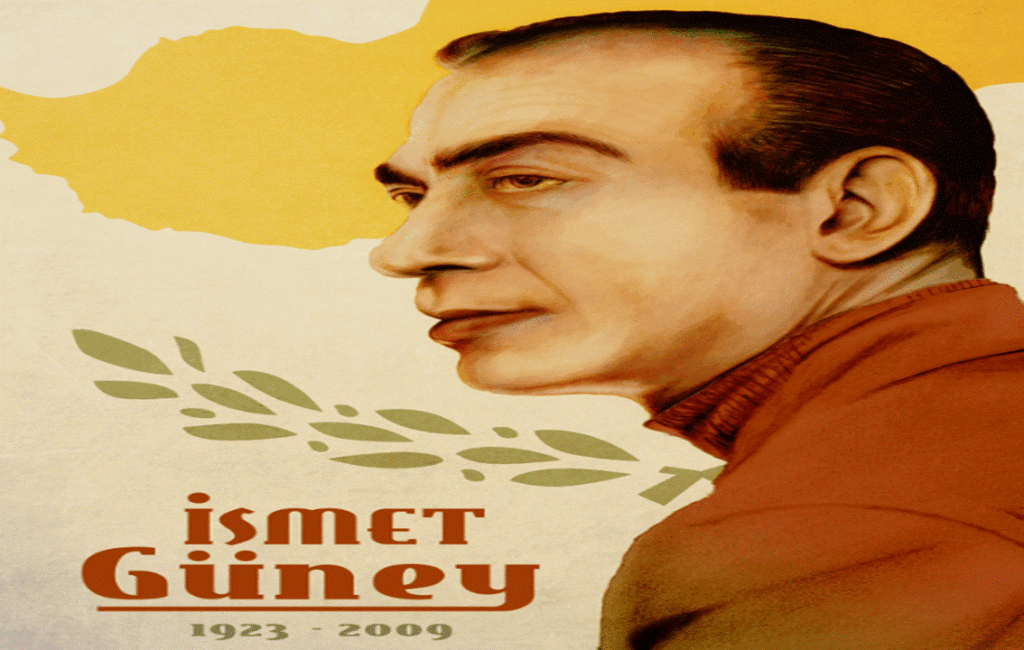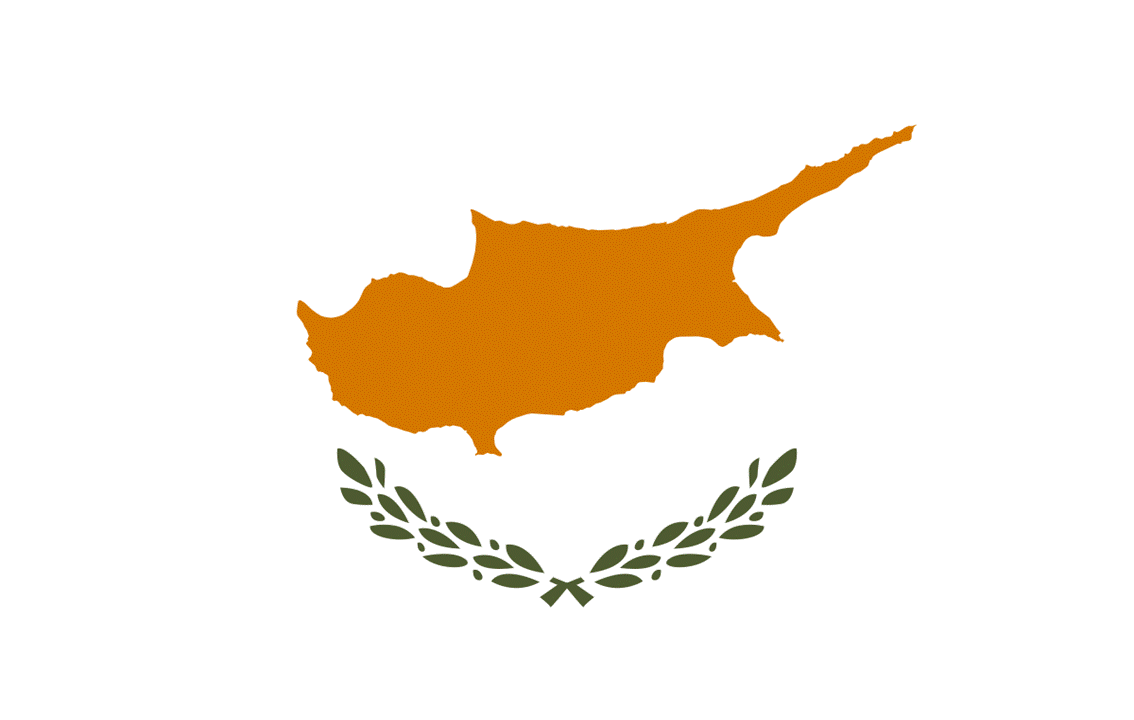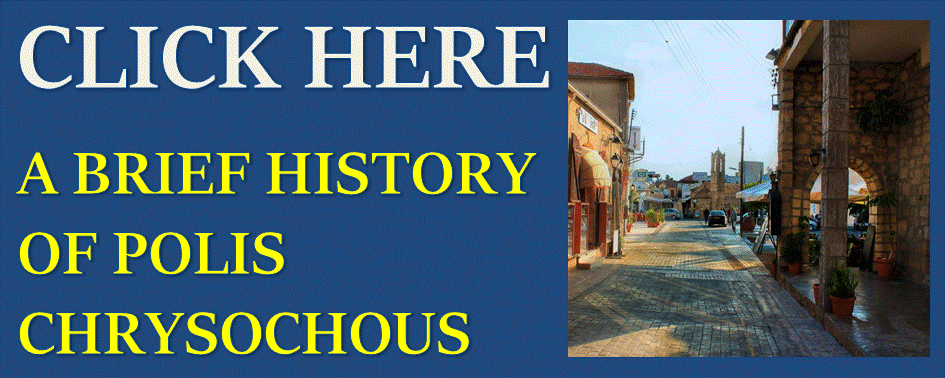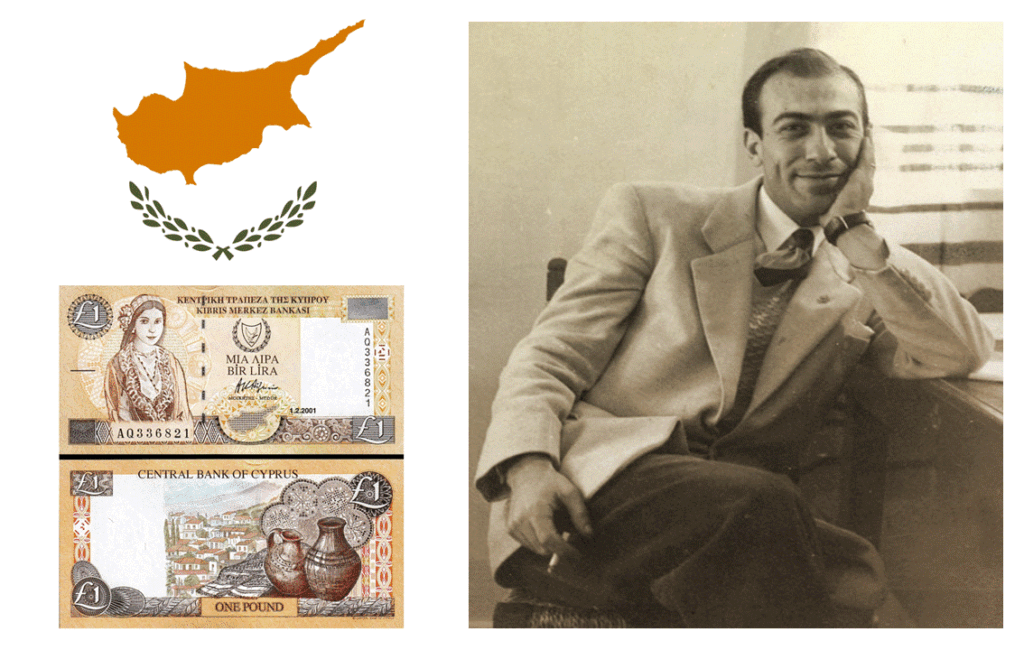
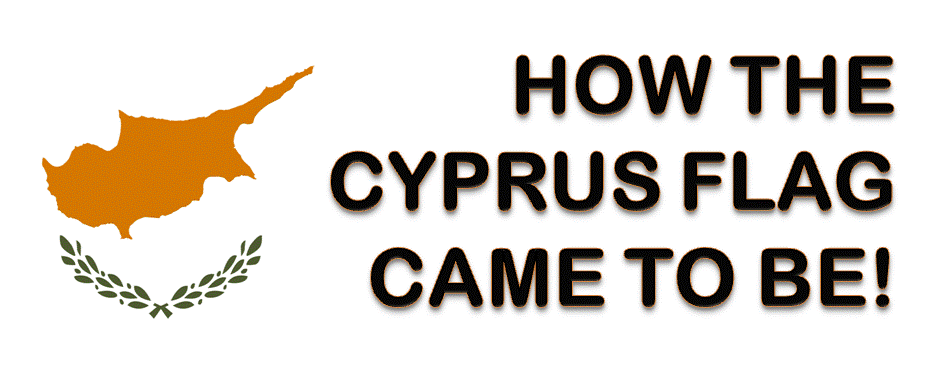
A FLAG THAT TELLS ITS OWN STORY
Cyprus has suffered much turmoil and strife throughout its recent history. The island had gained a hard-fought struggle for independence in 1960, and the newly formed Republic wanted a new flag to represent peace and unity. As well as this, they also wanted their new flag to feature neutral colours and reflect the island’s identity and values.
This meant that the flag that would emerge is one of the few national flags that does not feature any symbols related to war or military. Instead, it features symbols of peace and unity. This creates a somewhat ironic situation, as the island remains divided since the Turkish occupation of the north in the summer of 1974.
The flag today still features the copper-orange map in its centre. This represents the island’s long association with copper. Indeed, the name of Cyprus itself derives from the Latin word for copper, ‘cuprum’. The white background represents a cleansing and a fresh new start, and the two green olive branches symbolise the desire for peace and co-operation between the different Cypriot communities that once shared the island side by side.
A COMPLEX HISTORY
The story of how the Cyprus flag came to be is fascinating. The tale of the flag not only reflects the island’s complex history but also its struggle for independence. Cyprus eventually gained independence from British colonial rule in 1960 after a brutal five-year struggle. Archbishop Makarios III, the newly appointed president of the new Republic of Cyprus, decided that an island-wide competition would be the best way to decide the new design for the flag.
THE WINNING DESIGNER
Turkish Cypriot school teacher, Ismet Vehit Güney, won the competition, and his tri-colour flag design still represents the Republic of Cyprus today. Born in Limassol on July 15th, 1923, he also went on to design the island’s new currency at the time. His childhood years were spent in a multicultural neighbourhood in Limassol, where Turkish, Greek and Armenian Cypriots all lived together. As a young boy, he would spend his time at a local signwriting shop. The signwriter had a lasting influence on him as he would paint landscapes using oil paint in his spare time.
A SCHOOL TEACHER FROM LIMASSOL
==Güney went on to become the first Turkish Cypriot artist to open a personal exhibition in 1947. He then graduated as a fully qualified art teacher a year later, teaching fine art at the Turkish Boy’s High School in Nicosia until 1977. He collaborated with impressionist painter Ibrahim Çallı during the latter part of the 1950’s. This collaboration produced works that would feature in many exhibitions, winning numerous awards. His caricatures were regularly published in the Turkish Cypriot newspapers of the time. These included Karstiklâl and Köylü. He went on to achieve the Culture Art Service Award in 1986. Ismet Güney passed away on June 24th, 2009.
A SYMBOL OF PEACE
The winning design was chosen out of hundreds of entries. Its design features a white background with a copper-yellow map of the island in the centre. Underneath the map are two green olive branches. The flag symbolises peace, hope and the country’s agricultural roots. The copper-yellow map represents an island of copper ore that also gave Cyprus its name.
A DESIGN REPRESENTING UNITY & PEACE
The creation of the Cyprus flag was a significant milestone in the country’s history. The flag’s design embodies the spirit of reconciliation and cooperation between the different ethnic and cultural communities on the island. Officially adopted on August 16th, 1960, it has remained a symbol of national pride. All Cypriots on the island initially embraced it and for a time it equally represented all Cypriot communities on the island.
A SIGNIFICANT MILESTONE & A POWERFUL SYMBOL OF INDEPENDANCE
The flag’s inception helped to mark the end of British colonial rule on the island and the beginning of a new era of independence and self-determination. The flag continues to serve as a powerful symbol of unity and national identity for all Cypriots. The creation of the Cyprus flag is a testament to the country’s rich history and the enduring spirit of its people. Its design reflects the natural beauty and resources of the island, as well as the unity and cooperation between its diverse communities. The flag today still stands as a powerful symbol of independence, peace, and national pride for all Cypriots.
